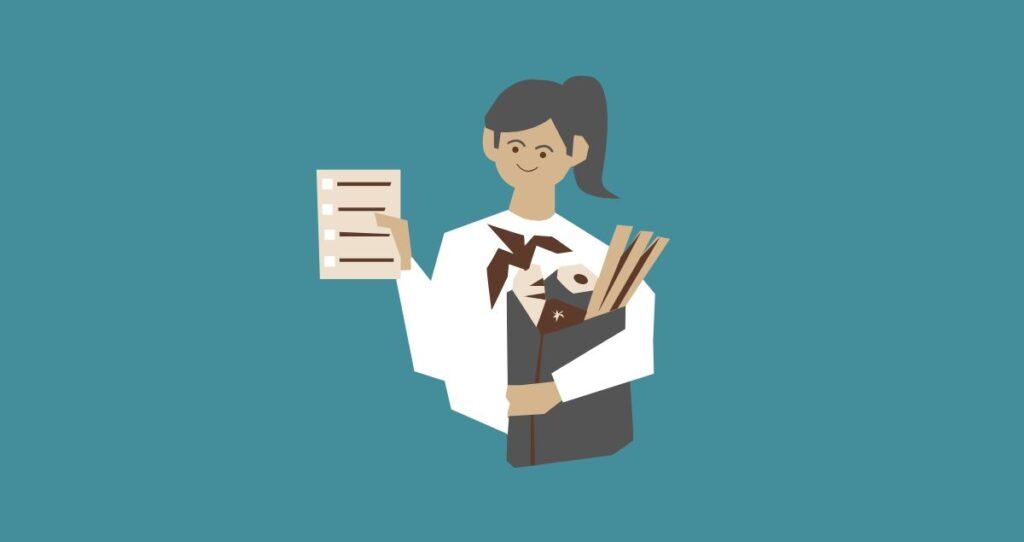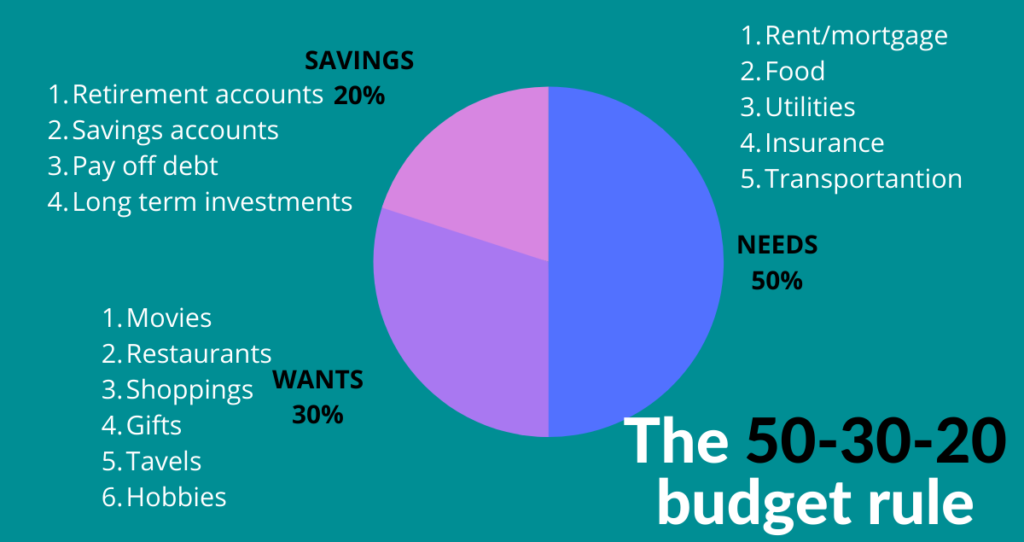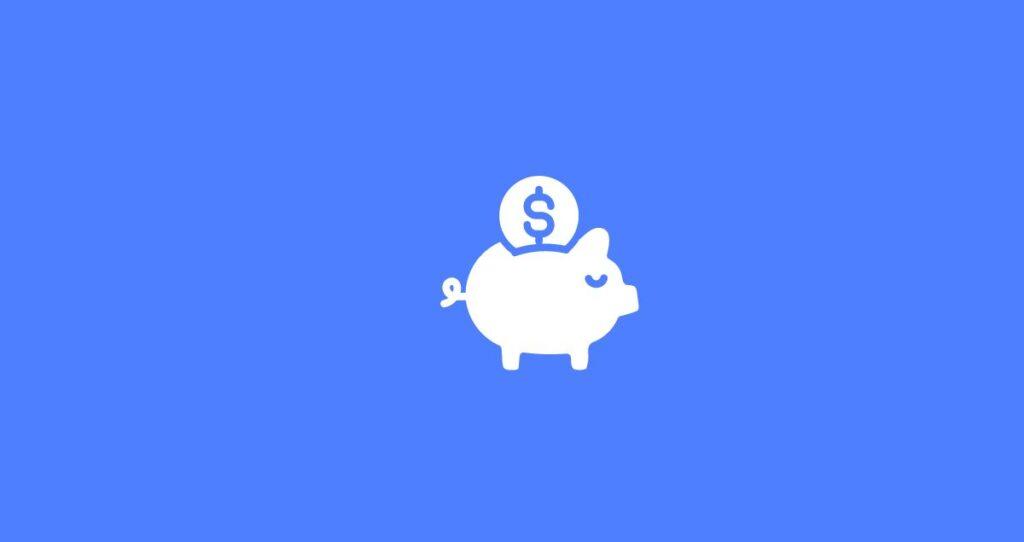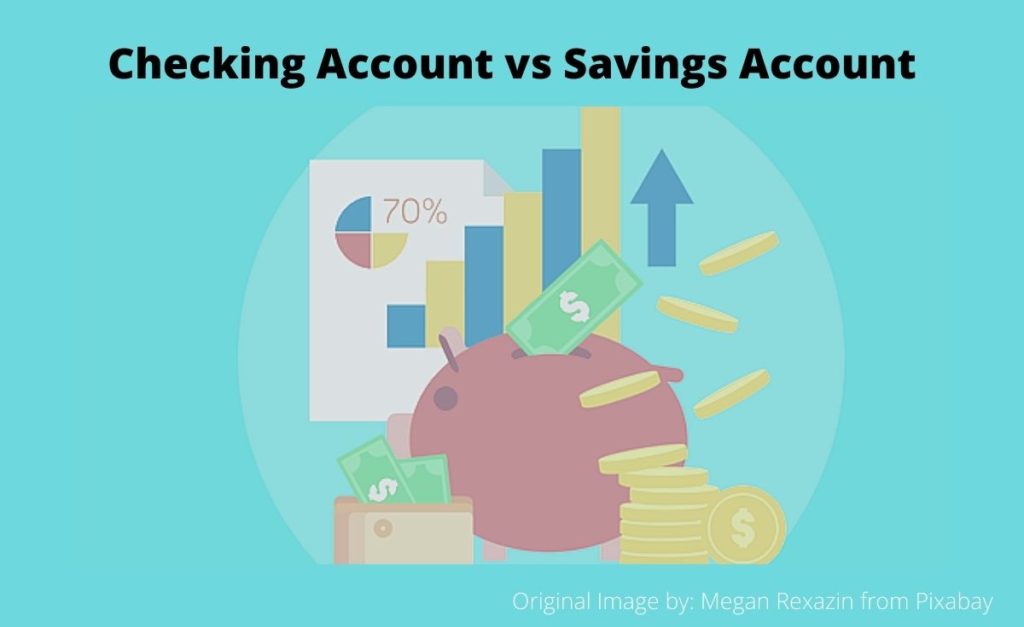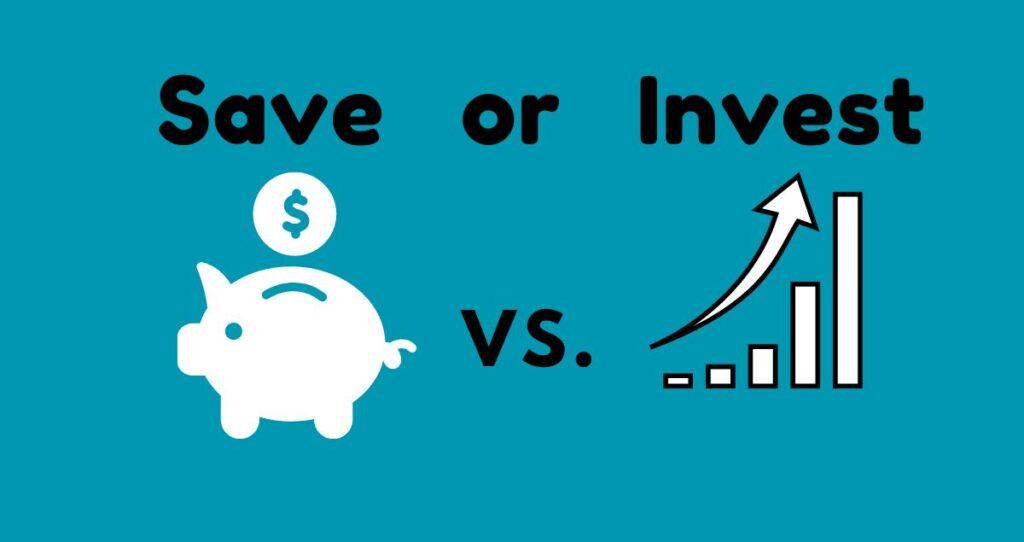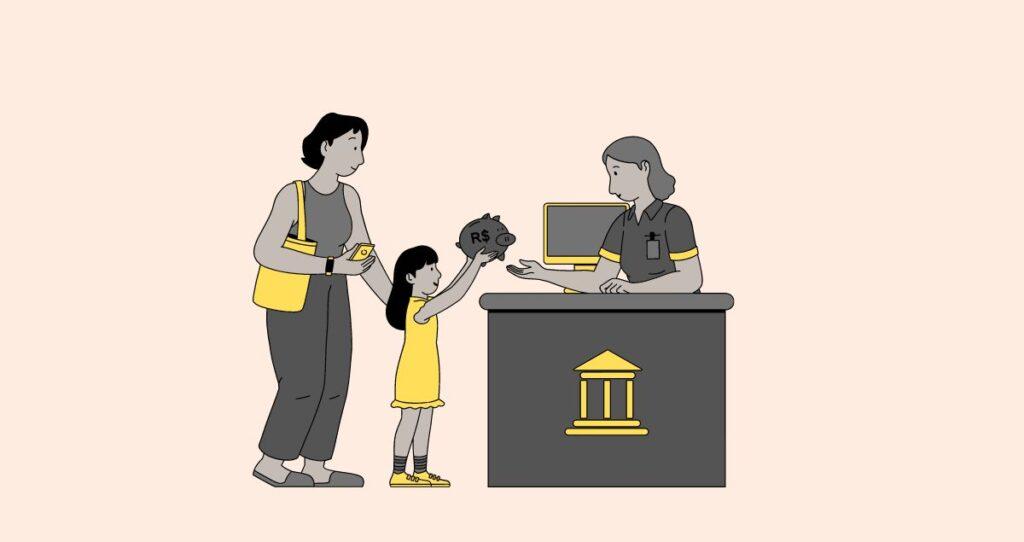The best bank account for everyday transactions is a checking account due to easy access to your funds and unlimited transactions. With a checking account, you can have unlimited withdrawals, transfers, and deposits which makes the account perfect for your everyday spending. Checking accounts also come with a checkbook and debit card which makes your banking experience seamless.
With so many different types of bank accounts available to choose from, however, it can be difficult to decide which one offers the best features for your everyday spending habits and saving goals. If you are getting started with banking, open a checking account for your daily transactions and a savings account to help you save for emergencies and other financial goals. If you have extra cash you don’t need access to for a while, putting it in a CD account will help you yield a higher interest rate than a traditional savings account. High-yield savings accounts which are offered by online banks and credit unions are another option for those who want to maximize interest on their savings.
Which bank account is best for everyday transactions?
The best bank account for everyday transactions is a checking account. A checking account offers easy access to your money for daily transaction needs and may also allow unlimited transactions. Furthermore, checking accounts come with a debit card, online banking features, the ability to make payments directly, and the option for setting up direct deposits. This unlimited access to your funds makes a checking account the best bank account for everyday transactions.
5 Different types of bank accounts
Some bank accounts can be confusing especially when you are getting started. Knowing different types of bank accounts available at your disposal and how to utilize them to maximize your savings, however, can make a huge difference in your finances. Some bank accounts come with easy access to your funds such as checking accounts which makes them great options for everyday transactions while others come with limited to no access to your funds but pay higher interest rates.
Here is a list of 5 different bank accounts and how you can take advantage of them.
1. Checking account
A checking account is a bank account that is best for everyday transactions. This account comes with easy access to your cash. Some of the daily transactions you can make with a checking account include but are not limited to making deposits, paying bills, withdrawing money from an ATM, and writing checks. Due to easy access to your funds, however, checking accounts do not pay interest and some banks impose a monthly maintenance fee when your account balance falls below the threshold. The monthly maintenance fee can range between $4 to $25 depending on the institution.
2. Savings account
A savings account is a bank account that allows you to save for future financial goals while also earning you interest. Unlike a checking account that comes with easy access to your funds for everyday transactions, a savings account comes with limited access to your funds. Experian reports that savings accounts do not come with debit cards or checkbooks that you normally see with checking accounts. To access funds in your savings account, you would need to make a transfer from saving to a checking account, use a cashier’s check, or visit your local bank branch.
Most banks allow you to make up to six transactions every month from your savings account. The interest you earn on a savings account can be compounded daily, monthly, quarterly, or yearly and it varies by bank and by account features.
Online banks and credit unions offer high-yield savings accounts which come with higher interest rates than traditional savings accounts.
Is a savings account good for everyday transactions? No. A savings account is not good for everyday transactions. While you can make transactions on your savings account, this account is not a good option for everyday transactions due to limited access to your money.
3. Certificate of deposit(CDs)
A CD account is a bank account that allows you to save money for your short-term or long-term goals while earning you a fixed interest rate for a pre-determined term. CD terms range from a few months to more than 5 years. CDs come with a much higher interest rate compared to traditional savings accounts but you also lose access to your funds until maturity. Accessing funds in your CD account before maturity comes with an early CD withdrawal penalty which is usually a number of months of interest.
For example, you might be charged 3 months of interest if you withdraw money early from a 12-month CD.
Is a CD account best for everyday transactions? No. A CD is not a bank account for everyday spending because you cannot access your funds until your CD matures. The purpose of a CD is to save money for short or long-term financial goals.
Related: How to open a CD account: A Step-by-step guide
4. Money market accounts
Money market accounts(MMAs) are similar to savings accounts but they come with higher interest rates. Just like a savings account, a money market account comes with limited access to your funds. These accounts often require a higher balance to avoid a monthly maintenance fee and can offer a tiered interest rate. Money market accounts are good for those who want to save for financial goals while earning a higher interest rate. For this reason, MMAs are not designed for everyday transactions.
5. Individual retirement account(IRA)
IRAs allow you to save for retirement and they come with tax benefits. There are two types of IRAs(Roth IRA and Traditional IRA) and they differ on when tax benefits are realized. Roth IRA allows you to pay tax upfront, grow your account tax-free, and take distribution tax-free.
A traditional IRA, on the other hand, allows you to make contributions with your before-tax wages, grow your account on a tax-deferred basis, and pay taxes when taking distributions during retirement. Both retirement accounts are good for those without retirement benefits from their employers such as 401(k) plans or those who want to maximize their retirement savings.
Since IRAs are designed for retirement savings, the funds in your account cannot be used for your everyday transactions. Taking money out of your IRA before turning 59 ½ triggers a 10% penalty and applicable taxes.
Related: How to open a Roth IRA: Create a Roth IRA in 6 steps
How much should I have in my checking account at all times?
The money you should have in your checking account at all times will depend on your financial situation, lifestyle, and expenses. Generally, you should have at least one to two months of living expenses. This amount can cover inexpensive emergency situations and prevent overdraft fees. However, if your income is irregular, you might want to keep more money in your checking account.
You should also have a savings account to keep extra cash for emergency use which is separate from what you keep in your checking account.
Is it better to keep money in checking or savings?
A checking account provides a convenient way for frequent transactions, including making purchases, paying bills, and making deposits. These accounts do not yield interest, and their purpose is to provide a convenient way to manage and spend your money.
A savings account, on the other hand, comes with an interest rate, making it a suitable option for saving for emergencies and financial goals. These accounts are designed to encourage saving and thus they often limit the number of withdrawals you can make.
If you only have a checking account, you will miss out on interest you could have earned by having a savings account. On the other hand, if you only have a savings account, you will not be able to fulfill your daily transactions due to limited access to your funds.
Instead of choosing between a savings account and a checking account, it is best to have both accounts. This is because savings and checking accounts offer different benefits which are all essential in your finances. You can easily manage both accounts by maintaining enough funds to cover all your expenses in your checking accounts and transferring excess funds into your savings account to earn interest and save for future goals.
Does it matter how much you have in your bank account?
Since your checking account is the best bank account for daily transactions, you should have enough money in the account to cover your monthly expenses and avoid overdrafts. Additionally, having a little extra in the account can help you take care of unexpected expenses such as a car repair without needing to touch your emergency fund. Typically, you should have between one to 2 months of expenses saved in your checking account at all times. For example, if your monthly expenses are $3,000, you should maintain between $3,000 to $6,000 in your checking account at all times.
For your savings account, the minimum you can have in the account should be equivalent to your emergency fund value. Generally, your emergency fund should cover at least 3 to 6 months of your expenses. Your emergency fund should have between $9,000 to $18,000 assuming that your monthly expense is $3,000.
Once these two savings accounts are fully funded, any extra amount you add to the account will be unnecessary. Keeping too much money in your checking or savings account will cause you to miss out on higher returns from other investment options. If you have extra cash, invest it in stocks, bonds, real estate, or other investment alternatives for higher returns based on your risk tolerance.
